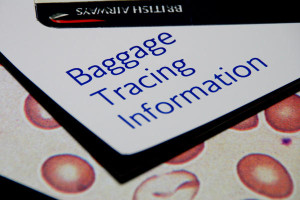 How many of you got a nice letter or email from your bank this week informing you that your debit card was possibly one of the ones compromised in the Target retail store data breach?
How many of you got a nice letter or email from your bank this week informing you that your debit card was possibly one of the ones compromised in the Target retail store data breach?
I got one! But by the time I received the email notice from Chase’s Fraud Department, I had already discovered that something was amiss when I visited an ATM machine to withdraw some Christmas cash and was told that I was over my limit for the day. There was only one problem. I hadn’t used my card yet that day! So, I toodled around to the lobby and inquired. That was when I got the “good news”. Chase’s Fraud Department had been informed by Target about the breach. Chase then immediately went into “protect our account holder mode” and enacted limits on transactions until they could get all of the issues sorted out. Now fortunately my bank account was safe and Chase is sending me a new debit card to be extra safe. And I am grateful for that.
I worked for a short time in banking earlier in my career. And although I am not an expert by any means, I know this. Banks must stay abreast of all the latest potential hacks, attacks and attempts to compromise our bank accounts. They do not put a system in place and then walk away and leave it on eternal auto-pilot. They monitor the situation daily, hourly, and moment by moment and transaction by transaction. And when a transaction is slightly different from our normal pattern, a little “red flag” goes up and the bank checks it out.
 This became apparent to me anew and afresh recently on a business trip to Prague in the Czech Republic.
This became apparent to me anew and afresh recently on a business trip to Prague in the Czech Republic.
Click here to read the rest of the article »















